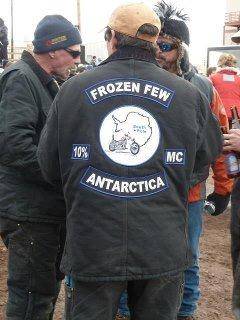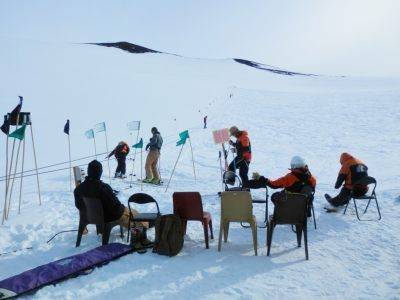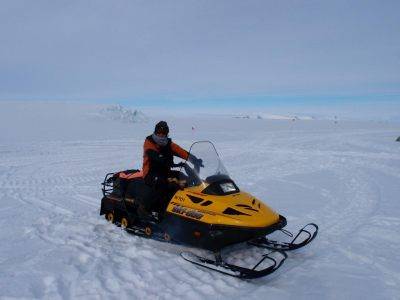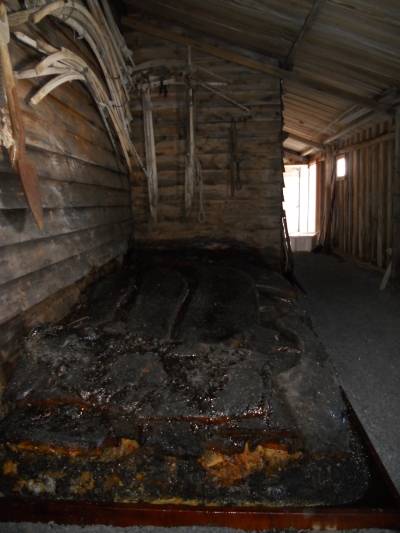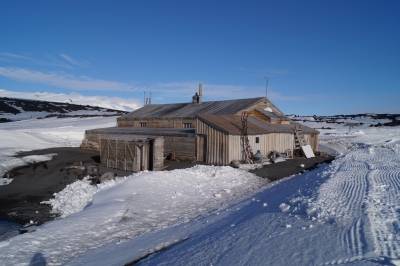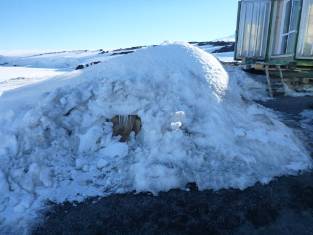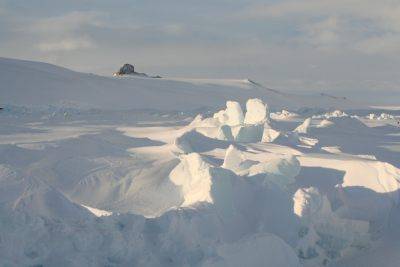Author: Stefan
Date: 23/04/2013
Temperature: -26 degrees
Windspeed: 13 knots
Temperature with Wind Chill: -39 degrees
Sunrise: 11.46am
Sunset: 1.56pm
Being down on the Ice is a difficult balance. All winter-over staff (AHT+AntNZ) have a massive amount of work to get through during the season. But the idea that a season can be acheived without a good slice of humour added into the mix is pretty naive.
The more I read of the explorers the more I'm facinated by what they got up to, and the dour accounts that follow. From journals of the long journey to Antarctica in the Discovery, comes an odd account of a "ducking pool": made from a wooden scaffold and sails, created aboard the ship, and through which (it seems) the men had to run a watery "Neptunes" gauntlet featuring razor blades and lather! In the games that followed Walker (a Dundee whaler) had his thumb "clean bitten to the bone." Scott's accounts of the soapy events were "The party was rather too lavishly regaled with whisky" and that the men "were a little rough towards the end"?
Click here for a picture of sails being rigged for Neptune's Gauntlet aboard the Discovery: http://www.spri.cam.ac.uk/library/pictures/catalogue/article/p83.6.2.3.10/ photo credit Anon.
Needless to say there has been no thumb biting at Scott Base, although April the 1st was enjoyed by planting a fake "leak" in the water treatment plant. A series of 'emergency calls' later (out of work hours), the ever professional Graeme, attended the scene with great concern, and with a very well developed Preston-ian sense of humour, enjoyed the hijinks. He has become rather fond of the leek and it's since become a mascot of the water treatment plant.
Graham and his new friend. Credit: Jonny5





.jpg)
.jpg)
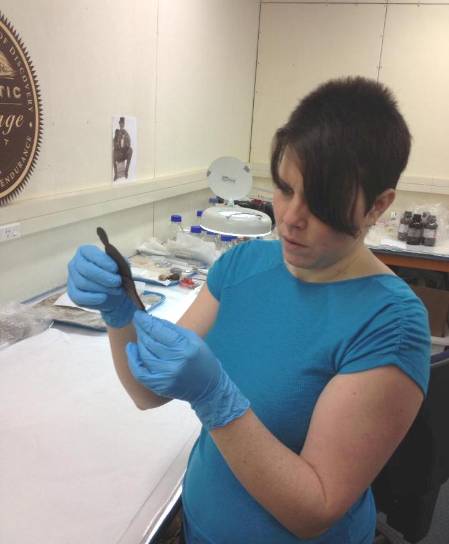

.jpg)
